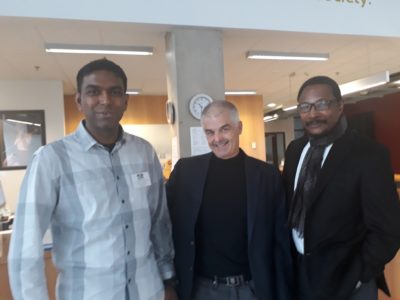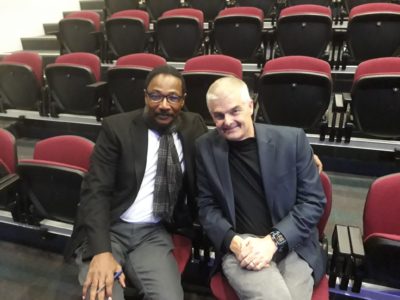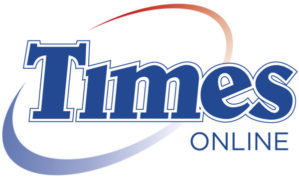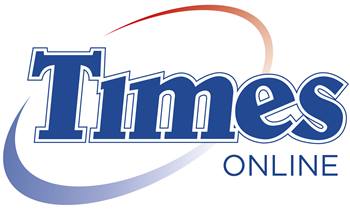
Some local school teachers are pushing the envelope with a revolutionary educational philosophy.
While not many traditional schools are aware of Flipped Classrooms, they are a definite trend and part of the national education conversation in New Zealand.
At a recent Reach Every Student Conference (RESCON) hosted at Ormiston Senior College by leader of mathematics Subash Chandar K, more than 60 teachers spent two days with Jon Bergmann, one of the pioneers of flipped learning. Mr Bergmann was accompanies by a team of leading New Zealand and Australian teachers including Jeremy Cumming, Beth Lamb, Matt Lambert, Steve Griffiths, and Aimee Shackleton.
The opening session by Mr Bergmann started with a keynote on `Rising above to make a difference’. He asked teachers why they are in the profession—is it to inspire, make a difference, pure joy?
He also received many honest answers to questions around debilitating factors that hold schools back.
`Toxic culture, inflated egos, traditional mindsets’, were some of the responses by teachers recorded on the Mentimeter app that instantly showed the poll results on the big screen.
Mr Bergmann said teachers could give themselves permission not to be perfect. “But you must remember that the main thing is to reach to every student in the classroom,” he said.

So how do you flip a classroom?
In a traditional classroom set-up, the teacher delivers lessons face-to-face to students who listen, interact and take notes.
However, in a flipped classroom students access teacher-created videos and pre-recorded lessons on their devices. They are introduced to content before the class begins. It effectively frees up more time in the classroom to assist students with problems they face whilst working on an assignment.
“It’s not about chalk and talk,” said Mr Bergmann.
The American educationist works with governments, schools and universities globally, and has an international faculty to introduce the learning model in Australia, Sweden, Norway, Argentina, Brazil, Spain, China and Taiwan.
A former science and technology teacher, Mr Bergmann decided to “flip” what students did in his class, watching video lectures at home and doing exercises (homework) in class under supervision. He found that student grades went up.
“It’s time to stop lecturing and engage students by using the time in the classroom to have discussions and debates,” he said.
“A lot of kids who used to miss class also found it very helpful to have pre-recorded lessons as flipped learning creates a student-centred environment. Students can stop and rewind the video for information as often as they need to do understand the concept.








